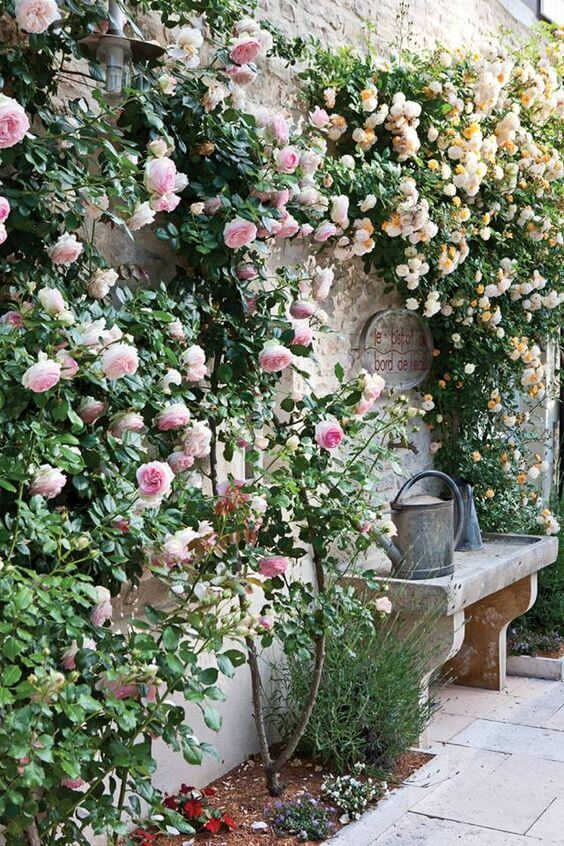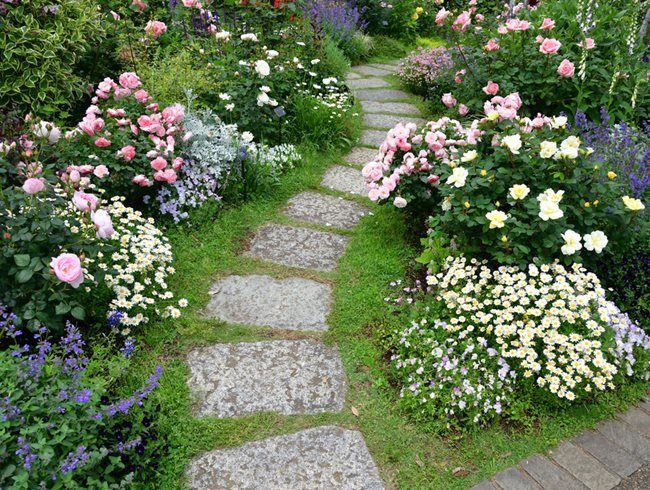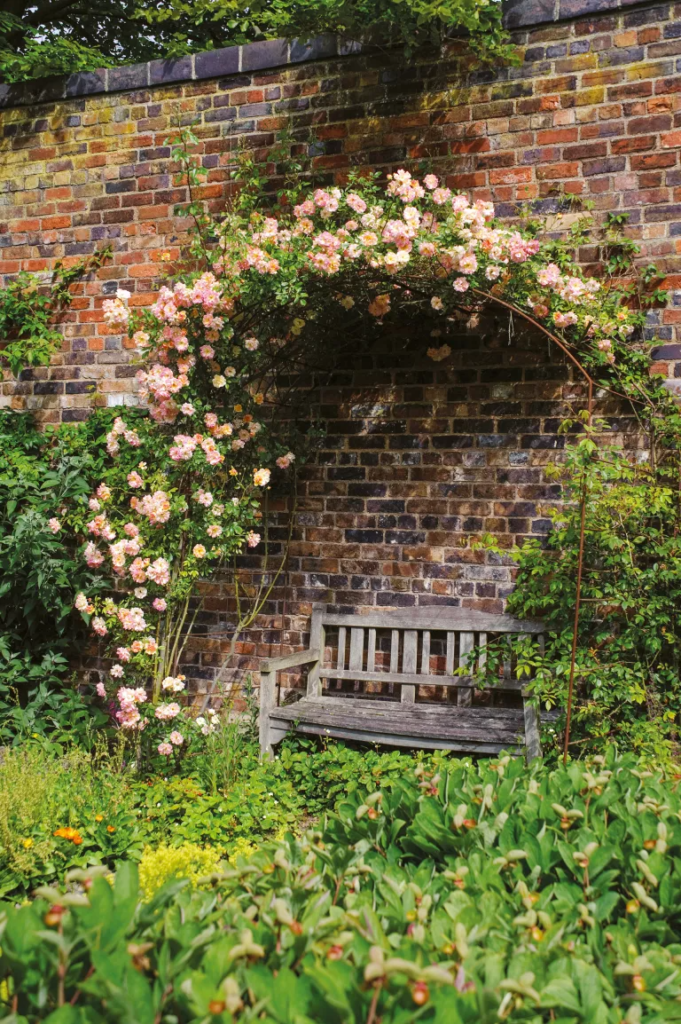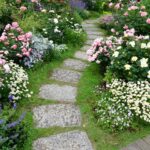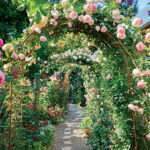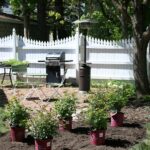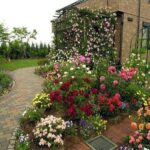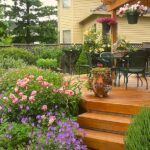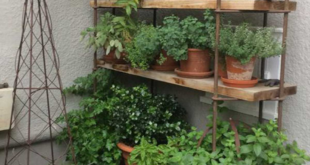A rose garden is a classic and elegant addition to any landscape. When designing a rose garden, there are several factors to consider in order to create a beautiful and thriving display of these beloved flowers.
First and foremost, location is key. Roses need at least six hours of direct sunlight each day, so it is important to choose a spot in your garden that receives ample sunlight. Additionally, roses require good air circulation to prevent disease, so ensure that your garden is not in a low-lying area where air may become stagnant.
When planning the layout of your rose garden, consider the overall shape and size of the space. A traditional rectangular or circular layout is often used for rose gardens, allowing for organized rows or clusters of roses. Pathways can be incorporated to provide easy access for maintenance and enjoyment of the garden.
In terms of planting, consider the types of roses you want to include in your garden. Hybrid tea roses are popular for their large, single blooms on long stems, while floribunda roses produce clusters of smaller flowers. Climbing roses can also add height and drama to your garden, while shrub roses are hardy and low-maintenance.
A well-designed rose garden should also incorporate other plants and elements to complement the beauty of the roses. Consider adding perennials and annuals for additional color and texture, as well as shrubs and trees to provide structure and variety. Water features, such as fountains or birdbaths, can also enhance the overall ambiance of the garden.
Lastly, don’t forget about maintenance. Roses require regular pruning, feeding, and pest control to ensure their health and longevity. Mulching around the base of the plants can help retain moisture and prevent weeds. Regular deadheading of spent blooms will encourage new growth and prolong the flowering season. With proper care and attention to detail, your rose garden will flourish and become a stunning focal point in your landscape.
 yishifashion Where Outdoor Dreams Become Reality
yishifashion Where Outdoor Dreams Become Reality
